Tutankhamen was the twelfth sovereign of the eighteenth Egyptian dynasty.
This Pharaoh owes most of his fame to the extraordinary discovery of his tomb, largely left untouched over the centuries.
Tutankhamen’s life is veiled in mystery.
He was born around 1350 BC during the New Kingdom, a period of peace and prosperity for Egypt. At the time, the kingdom stretched from the Middle East to Libya, and southward to Ethiopia.
When he was crowned, Tutankhamen was only nine years old. The ritual took place near Thebes, the religious capital of the kingdom.
At dawn, Tutankhamen was brought to the Temple of Karnak, where he stripped off his clothes and jewelry and underwent an esoteric initiation ritual. The ceremony was led by priests, who were guardians of culture and the true power holders in ancient Egypt. Young Tutankhamen became a divinity, mediator on earth of the will of the gods, in a society based on hereditary castes.
Beneath the Pharaoh and his family were the kingdom’s functionaries, high priests, army officers and scribes, while most of the population was made up of farmers, workers, soldiers and slaves.
Due to his tender age, the Pharaoh was advised by councilors including General Horemheb and the Grand Vizier, Ay. They were responsible for most of the decisions
made during the young Pharaoh’s short reign.
Tutankhamen’s accomplishments were limited. He commissioned a few public works, including the renovation of a large monumental complex near the temple of Luxor, and the construction of two sphinxes to watch over it. The faces depicted on the two legendary animals were modeled after Tutankhamen and his wife, the divine Ankhesenpaaten.
It was under Tutankhamen that the Egyptians restored the cult of Amun. The Pharaoh had the Restoration Stela made in his honor.
Tutankhamen reigned for only 10 years before dying suddenly, possibly of blood poisoning.
After an eight-year search, archaeologist Howard Carter discovered Tutankhamen’s tomb in the Valley of the Kings in 1922. The expedition’s financier, Lord Carnarvon, would never see the famous golden mask that covered the Pharaoh’s mummified face. Carnarvon died unexpectedly, perhaps due to an insect bite.
His death, and that of other people connected to the discovery, led to the macabre legend of the curse of Tutankhamen.
However, the archaeologist Howard Carter died when he was 65, long after the discovery of the tomb.
This Pharaoh owes most of his fame to the extraordinary discovery of his tomb, largely left untouched over the centuries.
Tutankhamen’s life is veiled in mystery.
He was born around 1350 BC during the New Kingdom, a period of peace and prosperity for Egypt. At the time, the kingdom stretched from the Middle East to Libya, and southward to Ethiopia.
When he was crowned, Tutankhamen was only nine years old. The ritual took place near Thebes, the religious capital of the kingdom.
At dawn, Tutankhamen was brought to the Temple of Karnak, where he stripped off his clothes and jewelry and underwent an esoteric initiation ritual. The ceremony was led by priests, who were guardians of culture and the true power holders in ancient Egypt. Young Tutankhamen became a divinity, mediator on earth of the will of the gods, in a society based on hereditary castes.
Beneath the Pharaoh and his family were the kingdom’s functionaries, high priests, army officers and scribes, while most of the population was made up of farmers, workers, soldiers and slaves.
Due to his tender age, the Pharaoh was advised by councilors including General Horemheb and the Grand Vizier, Ay. They were responsible for most of the decisions
made during the young Pharaoh’s short reign.
Tutankhamen’s accomplishments were limited. He commissioned a few public works, including the renovation of a large monumental complex near the temple of Luxor, and the construction of two sphinxes to watch over it. The faces depicted on the two legendary animals were modeled after Tutankhamen and his wife, the divine Ankhesenpaaten.
It was under Tutankhamen that the Egyptians restored the cult of Amun. The Pharaoh had the Restoration Stela made in his honor.
Tutankhamen reigned for only 10 years before dying suddenly, possibly of blood poisoning.
After an eight-year search, archaeologist Howard Carter discovered Tutankhamen’s tomb in the Valley of the Kings in 1922. The expedition’s financier, Lord Carnarvon, would never see the famous golden mask that covered the Pharaoh’s mummified face. Carnarvon died unexpectedly, perhaps due to an insect bite.
His death, and that of other people connected to the discovery, led to the macabre legend of the curse of Tutankhamen.
However, the archaeologist Howard Carter died when he was 65, long after the discovery of the tomb.
RELATED
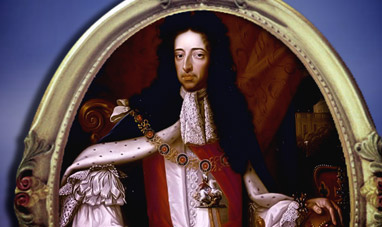

WILLIAM III, OF ORANGE


NAPOLEON BONAPARTE


FRANCISCO PIZARRO
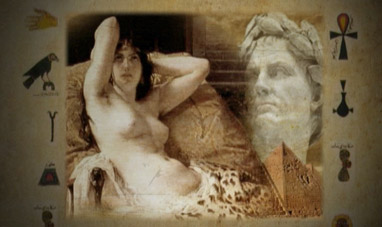

CLEOPATRA
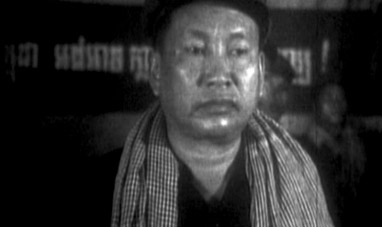

POL POT


NEIL ARMSTRONG
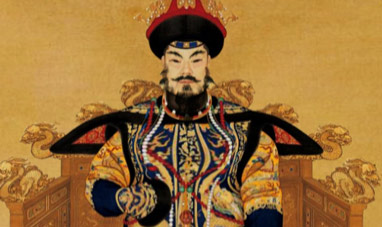

QIN SHI HUANG
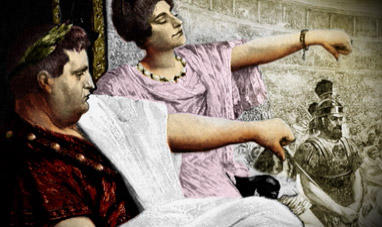

NERO


FRANCIS DRAKE


MUAMMAR EL-QADDAFI


JAWAHARLAL NEHRU


BENITO MUSSOLINI


EGYPTIAN MYTHOLOGY


KIM PHILBY
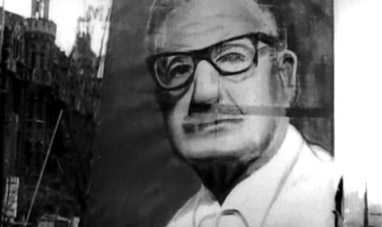

SALVADOR ALLENDE


MATTHEW C. PERRY


LORENZO DE' MEDICI
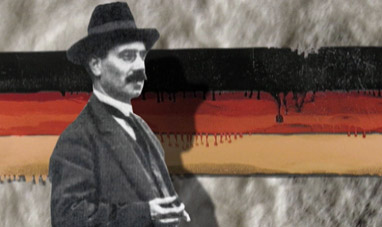

KARL LIEBKNECHT
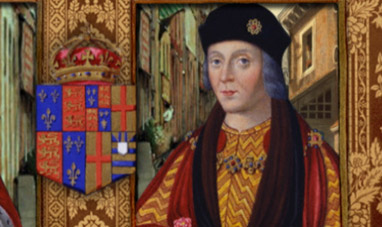

HENRY VII


CAMILLO BENSO, COUNT OF CAVOUR


JIMMY CARTER


NELSON MANDELA
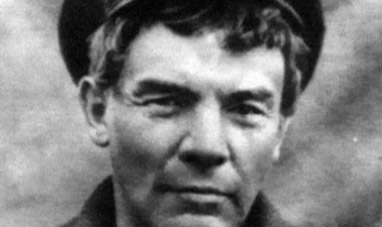

VLADIMIR LENIN


BORIS YELTSIN


JOHN FITZGERALD KENNEDY


HARRY TRUMAN


JOSIP BROZ TITO


HADRIAN
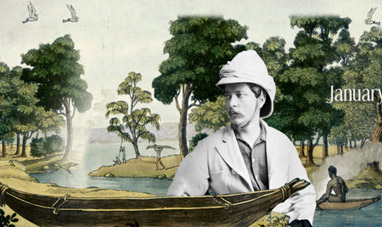

HENRY MORTON STANLEY


MARCO POLO


ELIZABETH I
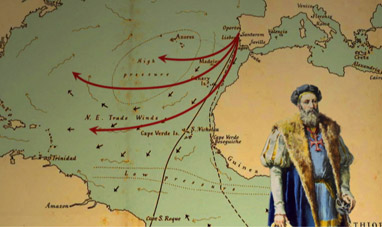

PEDRO ÁLVARES CABRAL
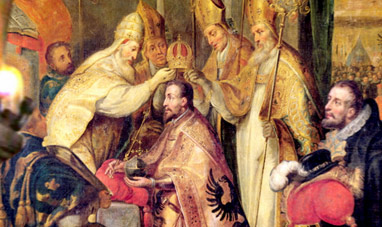

FREDERICK II, HOLY ROMAN EMPEROR
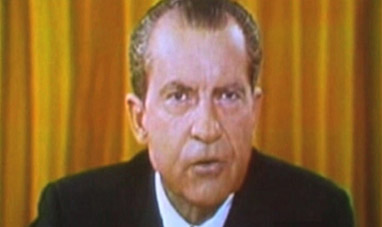

RICHARD NIXON
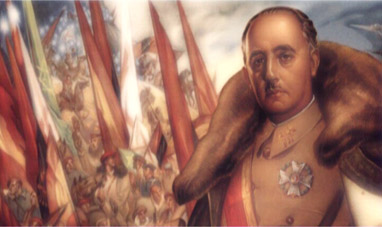

FRANCISCO FRANCO


PORFIRIO DÍAZ
